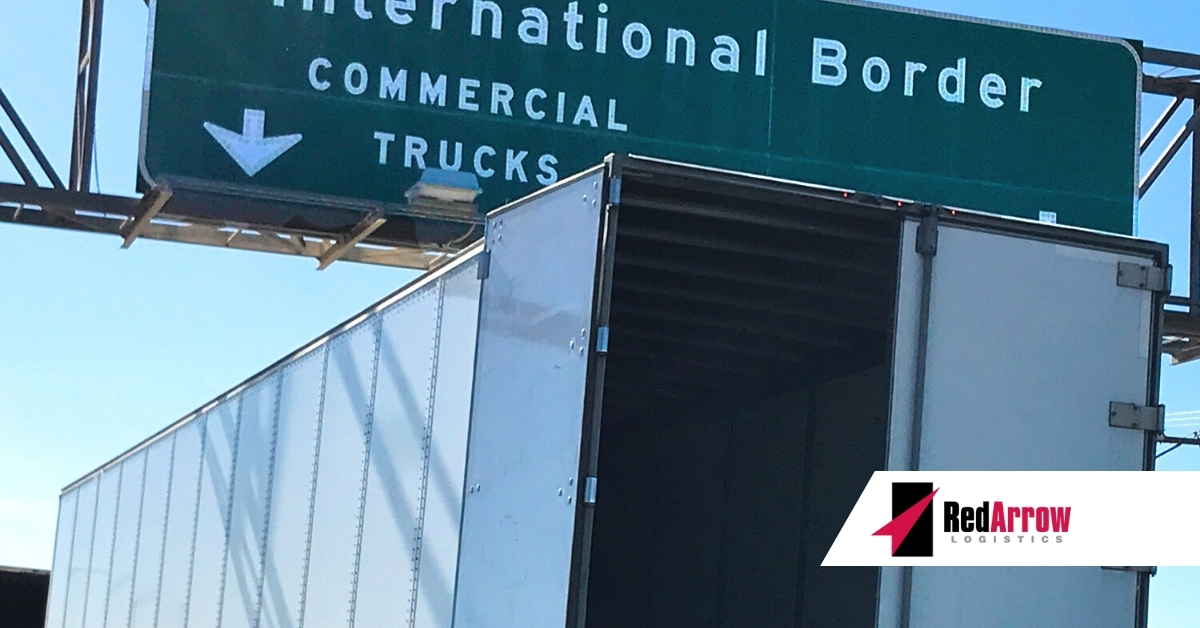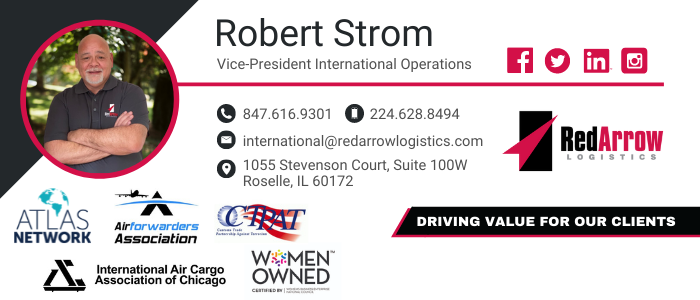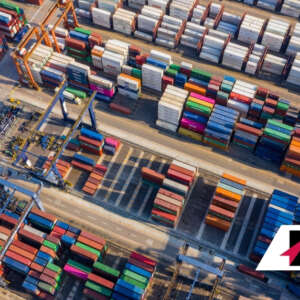The growth of e-commerce has led to more international shipping but the current lack of capacity for international shipping in addition to rising rates has companies looking elsewhere for supplies. With disruptions in overseas suppliers, many companies are considering nearshoring to Canada and Mexico. This minimizes risk and the potential for disruptions to the supply chain. A successful cross-border strategy can help reach international markets and reduce delays.
Challenges with Cross-Border Operations
There are challenges that come with operating across the border that does not occur domestically. Rules and regulations can change at any time, so it is important to stay updated to mitigate any issues. Not following the rules can result in costly penalties and delays. Often, there are also delays in customs due to incomplete or incorrect paperwork that can cause shipping to slow down.
Minimizing Cross-Border Risk
Companies that are thinking about implementing cross-border operations should consider the following to minimize risk and maximize efficiencies:
1. Research. Before making any investments, research the new market in terms of the customer, the country’s infrastructure, and language and culture. The transportation and logistics markets are different in every country. Due diligence will ensure that you understand exactly how this will affect your operations in this country and avoid any potential pitfalls once the startup process is underway.
2. Warehouse Location. Warehouses should be located close to the border where they can be easily accessed. Warehouses that are close to borders allows for shorter transit time and fewer delays. Just-in-time logistics can be enabled because the shorter distance translates to shorter transportation time. Parts and materials that need final production in Canada or Mexico can be ready within a day as opposed to several days from other locations, which improves efficiency.
3. Trusted Carriers. It is important to work with trusted carriers in the new location. Bonded carriers can help to optimize the flow of goods because they do not have to pay duties or require U.S. customs clearance. Shipments reach their destinations faster without additional costs. C-TPAT-certified carriers are screened so they have less inspections and access to Free and Secure Trade lanes. Local cargo transport should understand local routes and customs procedures and have experience delivering within the desired timeframe. Using efficient and trustworthy carriers will ensure the best service.
4. Shipping Model by Product. Decide whether to use transloading services, where trailers are sent to a warehouse and unloaded from one carrier to another or a door-to-door model, where a single carrier transports the trailer based on product. Transloading offers flexibility in being able to consolidate cargo onto one trailer. It mimics a hub-and-spoke model to minimize costs. On the other hand, door-to-door services are often the best option for time-sensitive products like food or pharmaceuticals.
5. Use Technology to Your Advantage. Investing in technology that assists with handling capacity, disruptions, and delays is a necessary part of the equation. Technology provides a way to be able to monitor cross-border shipping operation. Systems like a TMS (Transportation Management System) give access to the supply chain with real-time visibility. This identifies where the route, operations, or trailer space can be improved.
Benefits of Cross Border Shipping Strategy
Companies that are looking to develop a cross-border shipping strategy will find there are several advantages. Manufacturing goods far from the home country can be expensive and cause supply chain issues. Cross-border strategies help keep manufacturing and warehouses closer while expanding into foreign markets. This leads to more efficient operation management of the process. Creating a cross-border logistics strategy will make expanding into new international markets more profitable.
Maintaining cross-border logistics to store, transport, package, and deliver your product is important for your business’s success. Working with a logistics provider such as Red Arrow Logistics can help you optimize your cross-border logistics strategies to minimize delays and maximize efficiencies.
Your Trusted Partner
At Red Arrow Logistics, we provide expertise and white glove customer service with fast-growing, complex, and high-value supply chains. As the next-generation model of logistics companies, we offer tailored transportation and logistics solutions to meet your international shipping needs. We are an NVOCC, OTI license holder, and an IATA freight forwarder. We have partnerships in over 185+ countries to handle all of your required needs.
Red Arrow Logistics offers the scale and scope to handle your air, ocean, imports, and exports. No shipment is too large or too small. If we can be of assistance, please email us at international@redarrowlogistics.com or give us a call at 425-747-7914.




